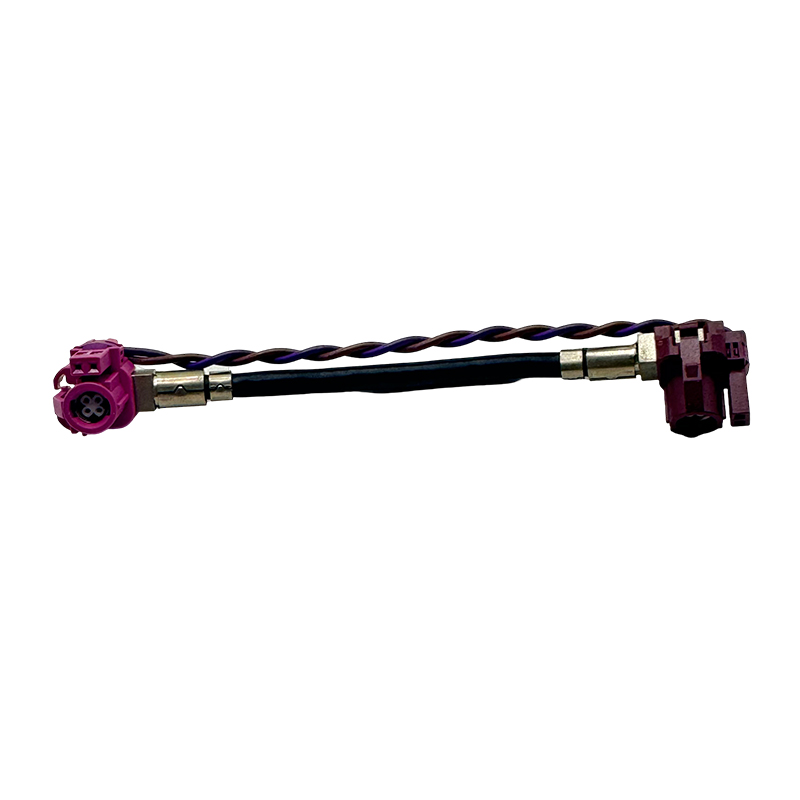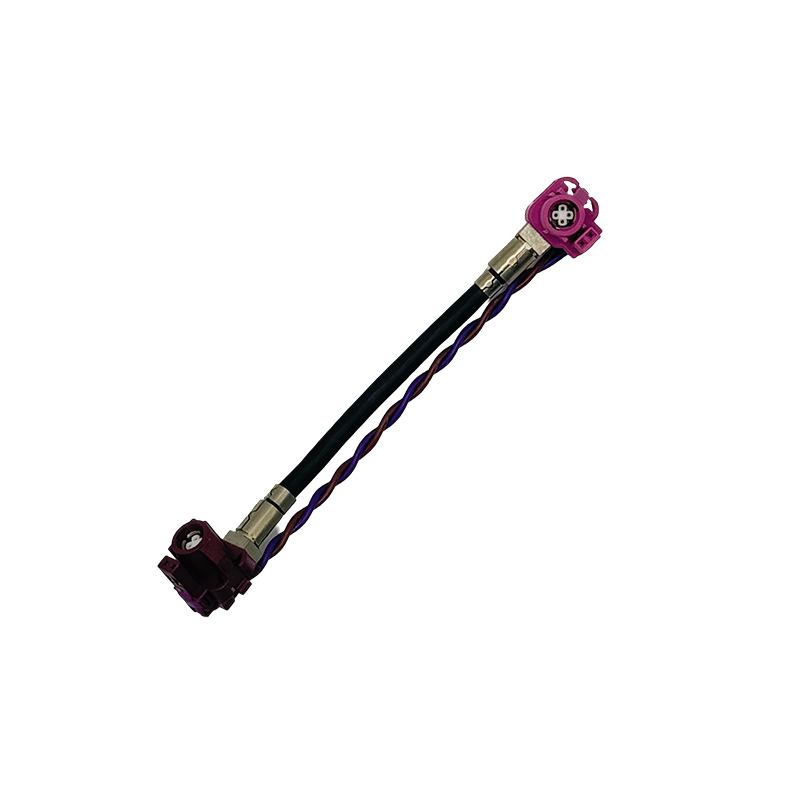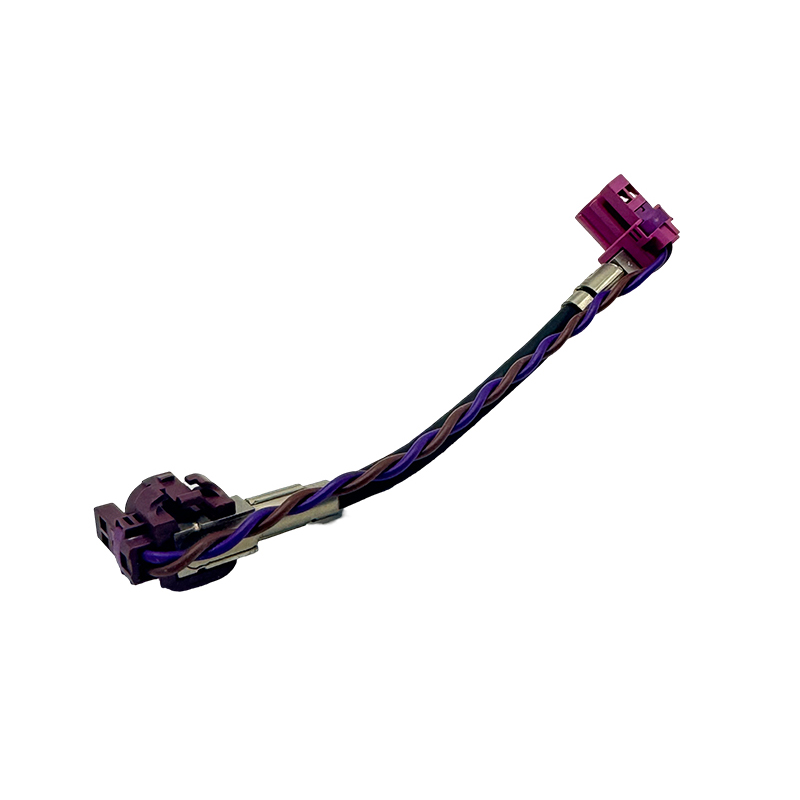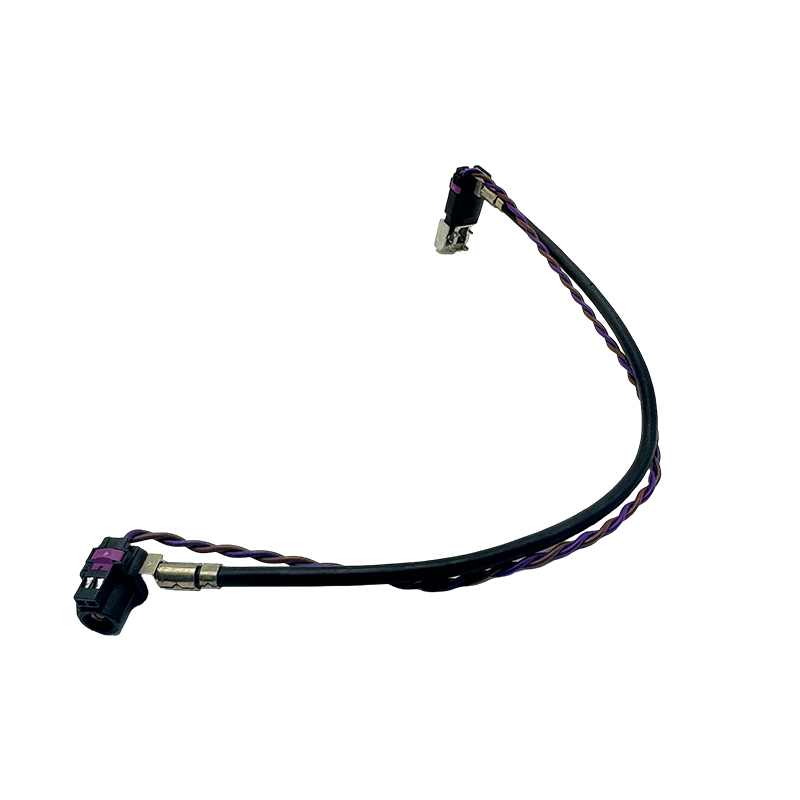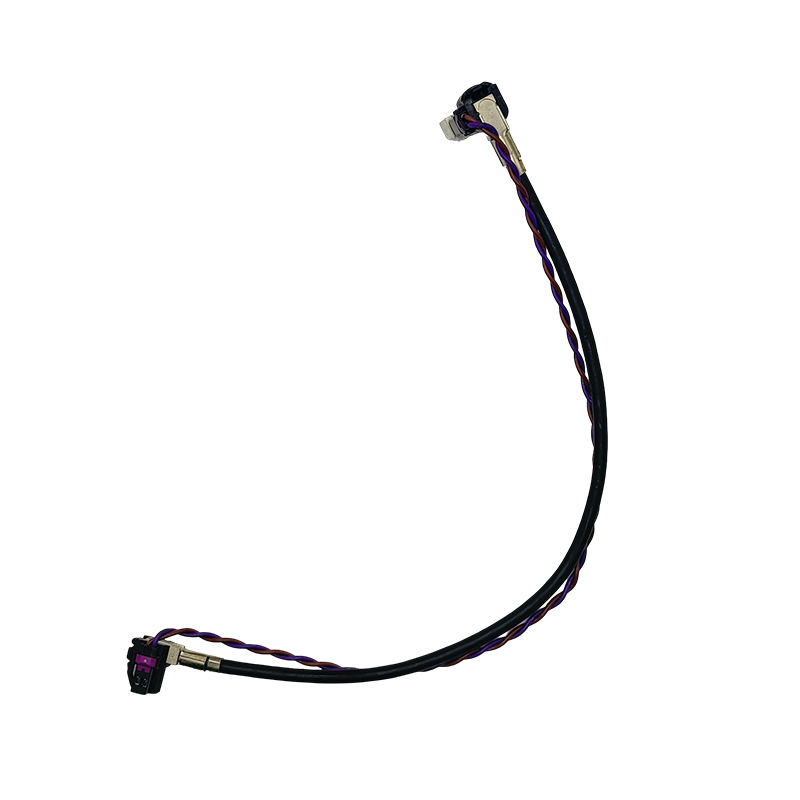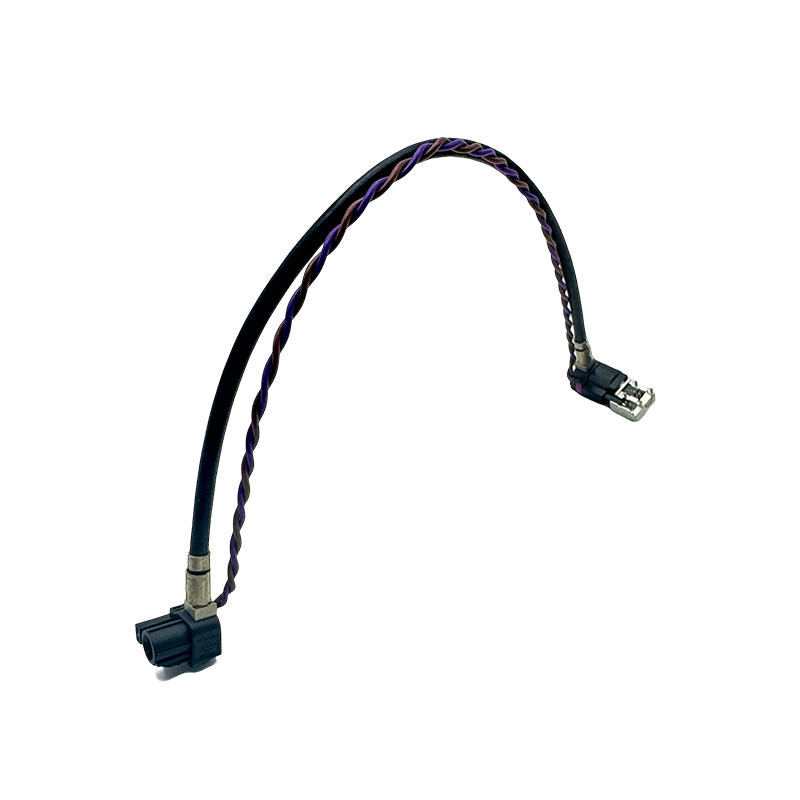Display LVDS Wiring Harness
LVDS (Low Voltage Differential Signaling) wiring harnesses are used for data transmission in display screens and are widely used in liquid crystal displays (LCDs), LCD TVs, automotive displays, and other devices. LVDS technology uses differential signal transmission to reduce electromagnetic interference and signal loss, so it has significant advantages in high-speed data transmission.
Low voltage differential signal transmission:
LVDS uses low voltage differential signal (differential pair), which can transmit high-frequency signals at a lower voltage, effectively reducing electromagnetic interference (EMI) and signal attenuation.
High-speed transmission:
LVDS technology supports high-speed data transmission, usually up to hundreds of megahertz (MHz) or even higher, suitable for the data requirements of high-resolution display screens.
Multi-channel design:
LVDS harnesses usually contain multiple differential channels, which can transmit multiple data streams at the same time, increase transmission bandwidth, and adapt to a variety of display requirements.
Flexibility:
Harness design is usually flexible, easy to integrate in different devices, and adapt to a variety of usage scenarios.
High anti-interference:
Due to the characteristics of differential signals, LVDS has strong anti-interference ability to external electromagnetic interference, ensuring stable signal transmission.
Application scenarios
Liquid crystal display (LCD):
Widely used in computer monitors, TVs and various industrial displays, LVDS harnesses are used to transmit video signals in these devices.
Car display:
LVDS harnesses are used in car dashboards, in-car entertainment systems and navigation displays to ensure fast and reliable signal transmission.
Digital signage:
LVDS harnesses are used to transmit high-quality video signals in billboards and information display screens in public places.
Medical equipment:
LVDS is used for data transmission of high-resolution images in ultrasound instruments, CT scanners and other medical imaging equipment.
Industrial control systems:
In various industrial automation equipment, LVDS wiring harnesses can be used to connect displays and control systems to ensure efficient data communication.
Summary
LVDS wiring harnesses have become important signal transmission components in display screens and related equipment due to their superior transmission characteristics and anti-interference capabilities. Its flexible design and high-speed data transmission capabilities make it play a key role in various high-demand application scenarios.
Signal type: differential signal, usually LVDS standard signal.
Transmission rate: The supported rate range is usually between 400 Mbps and 6 Gbps, depending on the application.
Number of channels: Common LVDS harnesses can have 1, 2, 4, 6, 8 or more differential channels.
Power supply voltage: Usually 3.3V to 5V, depending on the specific device requirements.
Harness length: Harness length can be customized according to application requirements, usually ranging from a few centimeters to a few meters.
Connector type: Common connector types include FFC (flat connector), FPC (flexible printed circuit), DIP (dual in-line plug), etc. The specific choice depends on the device design.

